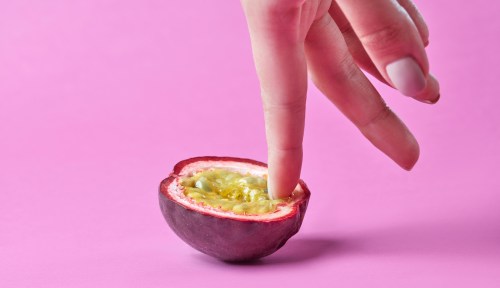Plant swaps are like parties thrown by passionate plant parents, with plants as the guest of honor. Half of the fun involves the chance to trade plants for new ones. The other half is the opportunity to meet people. The hope is that you’ll come away from an event with new plants and new friends. If that sounds appealing, you might be wondering how to join a plant swap, or if you like to play host, throw one of your own.
Experts in This Article
What is a plant swap?
“A plant swap is typically a community-based event for people who are looking to find new plants or offload some of their existing plants in exchange for new ones,” says Pat May, founder of Prōpa, an online social platform that lets users upload pictures of their plants and exchange plants for new ones. These events typically allow people to expand their plant collection, or get rid of plants they don’t want without having to throw them away. Besides the obvious benefit of taking home a plant by way of trade, it’s also an opportunity to meet people in your local plant community. “Plant swaps are fun,” says May. “I usually say that people come for the plants and stay for the people.”
Where can I join a plant swap near me?
If you want to join a community plant swap, a quick Google search can lead to any number of events in your area. You can also search Facebook or Instagram, where, according to May, many plant swap events are coordinated. In addition, local online forums can provide information on upcoming events. And if there are no upcoming events in your area, there are websites that coordinate individual plant swaps. PlantSwap.org is a website where people can list plants they want to donate, swap, or adopt, and Prōpa and Blossm are other options that you can download onto any iOS or Android device.
Practicing proper etiquette at plant swaps
If you’re joining a plant swap for the first time, there’s a certain etiquette involved when it comes to joining the party—and this can vary from one event to the next. Some plant swaps also have rules and typically it’s best to adhere to those coming into an event, but if it’s not readily stated, May says to ask the organizer. Regardless of the rules, there are a few things that you’ll want to keep in mind.
“Whether or not it’s required, label your plants,” says May. “Labeling your plants is really helpful because you want people to know exactly what plant they’re receiving, and though you might tell them what is, they might not remember later on.” If a plant swap is being organized on Facebook or another social media platform, you might also want to tell people which plants you’re bringing in advance, he says. “It makes for a better event because if other people know that good plants are going to be there, then they’re going to bring their good plants.”
However, if you only have a few plants to trade, it shouldn’t discourage you from attending an event. “A lot of plant swaps will have TAPLAP shelves, take a plant, leave a plant, where you can get new plants,” says May. He also suggests talking to people in the event, many of whom would be willing to give you propagated plant cuttings or whole plants to help you diversify your collection.
The most important consideration, says May, is to bring healthy, pest-free plants. In addition don’t give plants that are “smelly,” which May says would be indicative of fungus or mold.
How to throw a plant swap: the three Ls
Those who want the social aspect that typically comes with a community plant swap but don’t have access to one in their area might want to throw one of their own. There is no one way to throw a plant swap—it can be as orchestrated as a neighborhood-wide event or as casual as a gathering with friends and family. May only asks that you keep three Ls in mind: “labels, legs, and libations.”
1. Labels
According to May, it is best practice for participants to label the plants they bring to a plant swap—and ideally, it will also involve knowledgeable individuals to verify whether the labels are accurate. Alternatively, you can use an app that identifies the species of a plant. This will help ensure that everyone involved knows what they’re giving and receiving.
2. Legs
When May talks about legs, he is referring to houseplant pests, which you don’t want to make an appearance. Pets travel quickly from one plant to another and can potentially cause an infestation. With this in mind, May recommends you request all plant swap attendees to bring pest-free plants to the event.
3. Libations
According to May, it isn’t a plant swap party without libations, and he recommends offering food and drinks for attendees. “You want people to linger around and talk to other people,” he says, also mentioning that you might want to reach out to restaurants or bars to host an event. “A lot of these places are more than happy to host these events [and] it’s also a very easy, compliant way of hosting a party.”
Sign Up for Our Daily Newsletter
Get all the latest in wellness, trends, food, fitness, beauty, and more delivered right to your inbox.
Got it, you've been added to our email list.










